The United States is once again plunged into a government shutdown after President Donald Trump and Congress failed to reach an agreement to keep federal programs and services running past Wednesday’s deadline.
Republicans and Democrats immediately blamed each other for the deadlock that will impact hundreds of thousands of government workers and the millions of Americans who use the services they provide.
With roughly 750,000 federal workers expected to be furloughed and some potentially fired, the economic, political and social ramifications are already rippling nationwide.
A different kind of shutdown
This is the 15th federal government shutdown since 1981, but experts caution that this one could be far different from past episodes. In contrast to previous partial shutdowns, the Trump administration has threatened to fire federal employees outright rather than furlough them temporarily and has signalled intentions to further weaken regulatory agencies.
During Trump’s first term, the longest partial government shutdown in US history lasted 35 days, ending only after he backed down. That episode left a lasting imprint on both the federal workforce and Trump’s political credibility. Analysts note that the president cannot afford a repeat scenario: a protracted stalemate would further damage consumer confidence, strain markets and force policy retreats.
Economic pressures mount
The economic backdrop intensifies the stakes. US consumer confidence fell in September to a five-month low, reflecting mounting unease over inflation, interest rates and growth prospects. A prolonged shutdown would also delay key economic data releases, complicating Federal Reserve policymakers’ decisions on monetary policy, including interest rate cuts.
Roughly 750,000 federal employees could be furloughed daily, with the Congressional Budget Office estimating a total daily cost of compensation at about $400 million. Although furloughed employees are guaranteed retroactive pay once operations resume, the disruption could create immediate financial stress for families, as service members and government contractors face delayed paychecks.
Political gridlock and public impact
Negotiations between Democrats and Republicans collapsed, with disputes over expiring health care subsidies under the Affordable Care Act at the centre. Democrats pushed for funding extensions to prevent insurance premium spikes for millions, while Republicans, encouraged by Trump, refused to reopen talks until government operations resumed.
Vice President JD Vance highlighted the human impact of the shutdown, saying that low-income households relying on food programs, air travellers facing potential flight delays and service members reporting for duty without pay will all suffer. “It’s craziness and people are going to suffer because of this,” Vance said during television interviews.
Impact Shorts
More ShortsMeanwhile, Trump has signalled he may escalate the shutdown’s severity. “We can do things during the shutdown that are irreversible, that are bad for them and irreversible by them,” he said, threatening to target programs and services Democrats value, including education, environmental, and other federal functions.
Federal services in limbo
While some government operations continue such as Social Security payments, veterans’ health care, FBI investigations, CIA operations, air traffic control and military duties, many other services are halted.
The US Education Department, already diminished by prior cuts, will furlough roughly 87% of its workforce, halting investigations into civil rights complaints and delaying new federal grants, even as student loan payments and core financial aid continue.
Trump’s wider policy agenda, including his deportation efforts, is expected to proceed despite the shutdown, highlighting the administration’s focus on strategic objectives over continuity of services.
The political and strategic risk
Unlike prior shutdowns, Trump appears less willing to compromise. But the cost of a protracted closure both politically and economically, could be severe. A repeat of the 35-day shutdown scenario would deepen consumer unease, disrupt markets, and force Trump into a politically costly retreat, undermining his broader policy agenda.
For now, Americans face a federal government in partial paralysis, with millions affected directly or indirectly. While some operations continue, the uncertainty threatens to exacerbate economic stress, destabilise public services, and test the president’s ability to manage a delicate political balance.


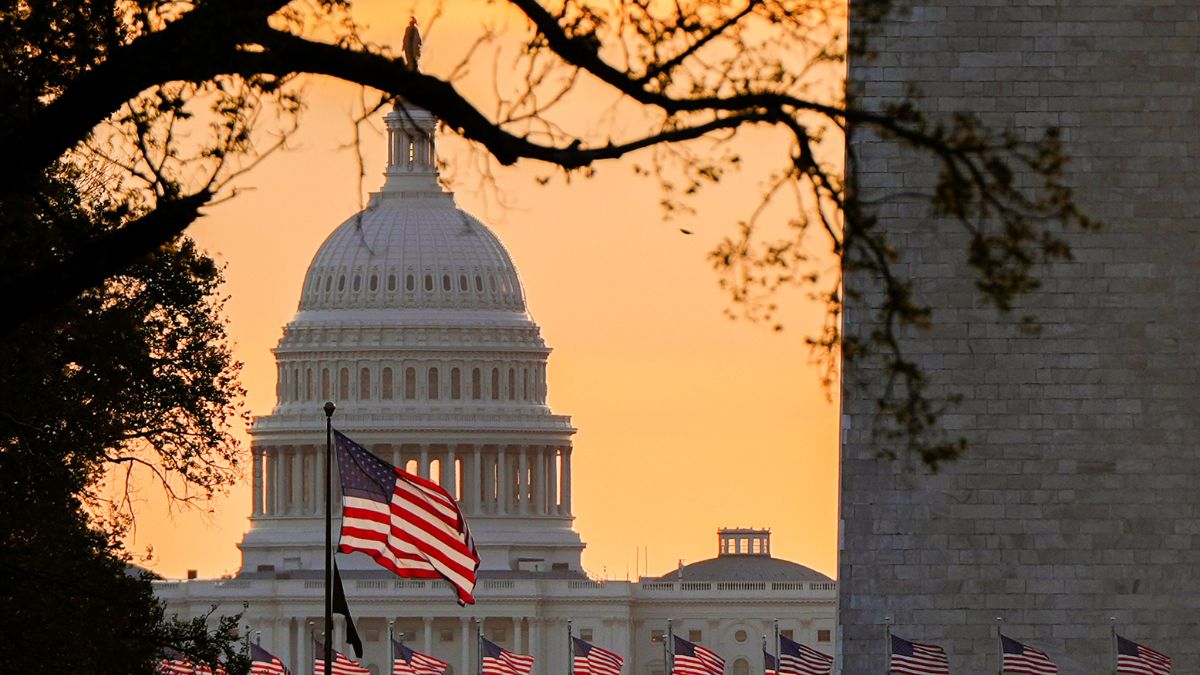)
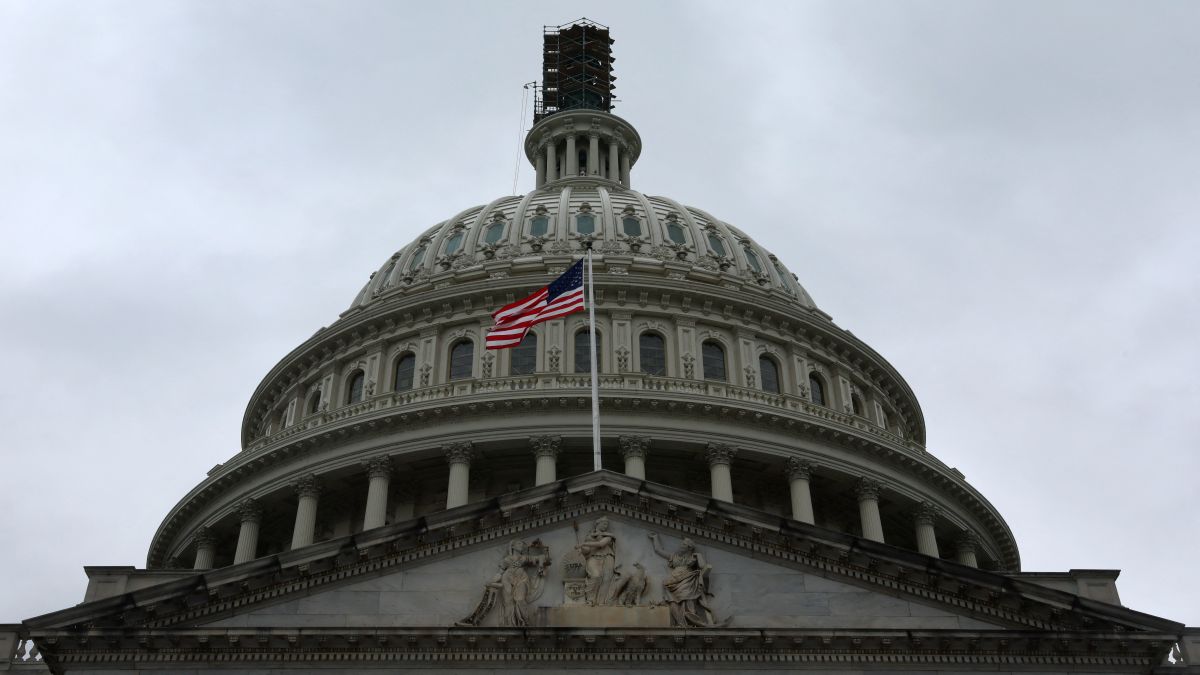
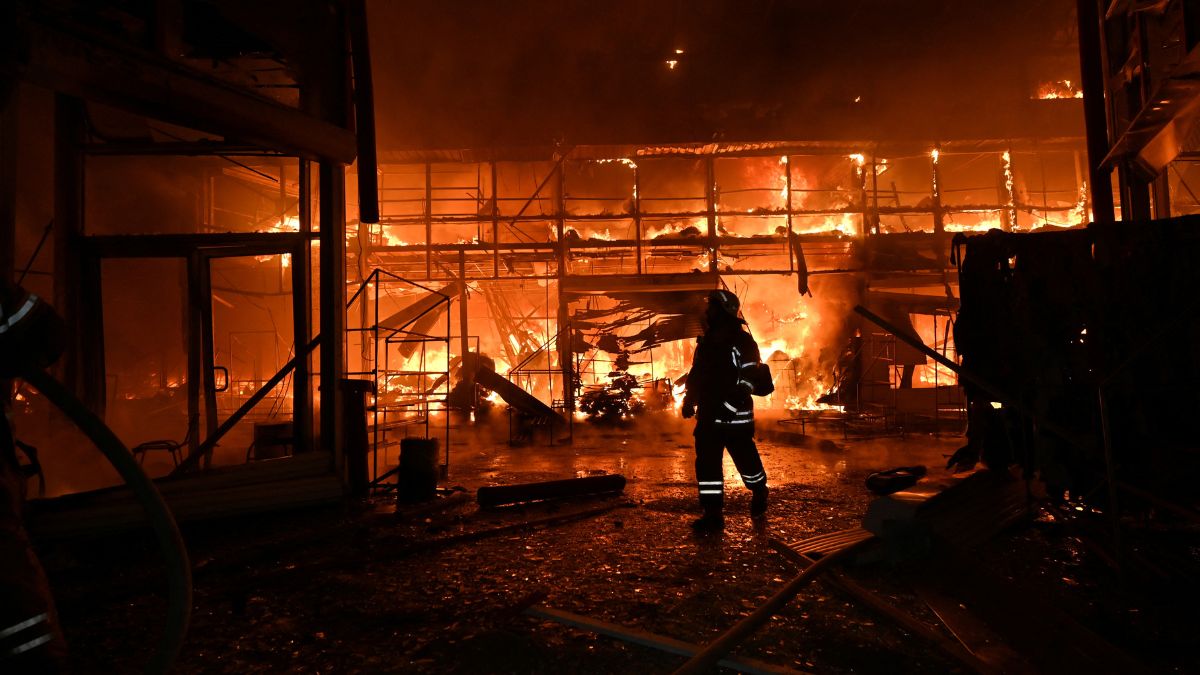)
)
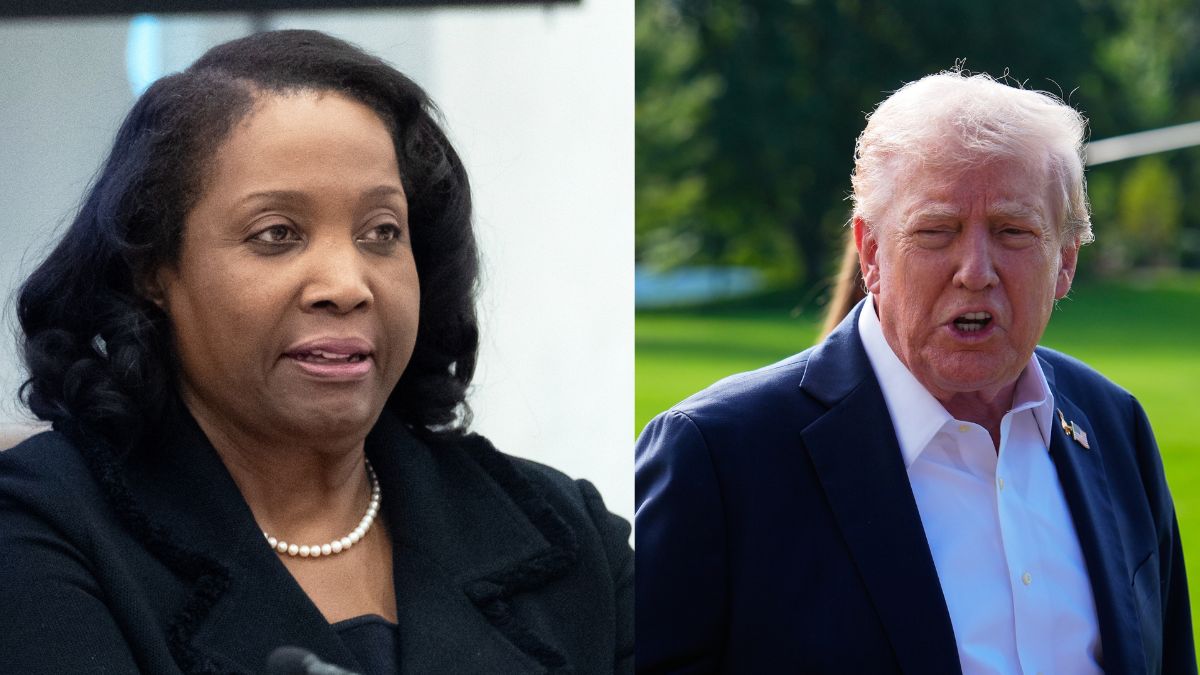)
)
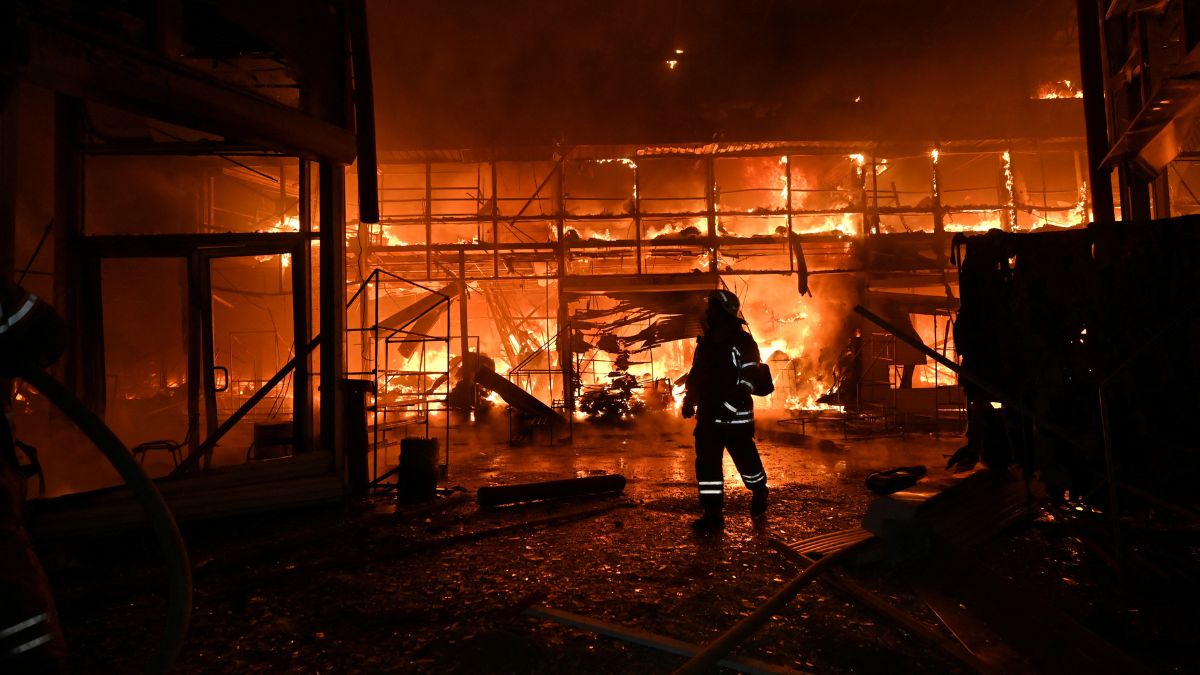)
)
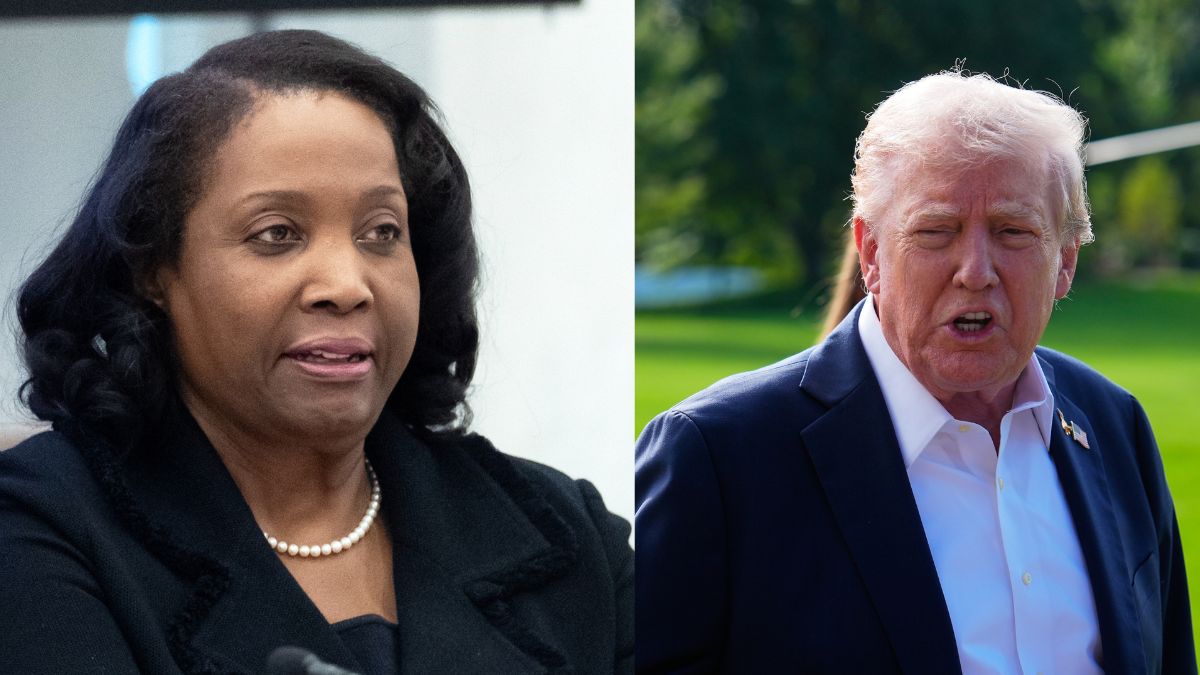)
)



